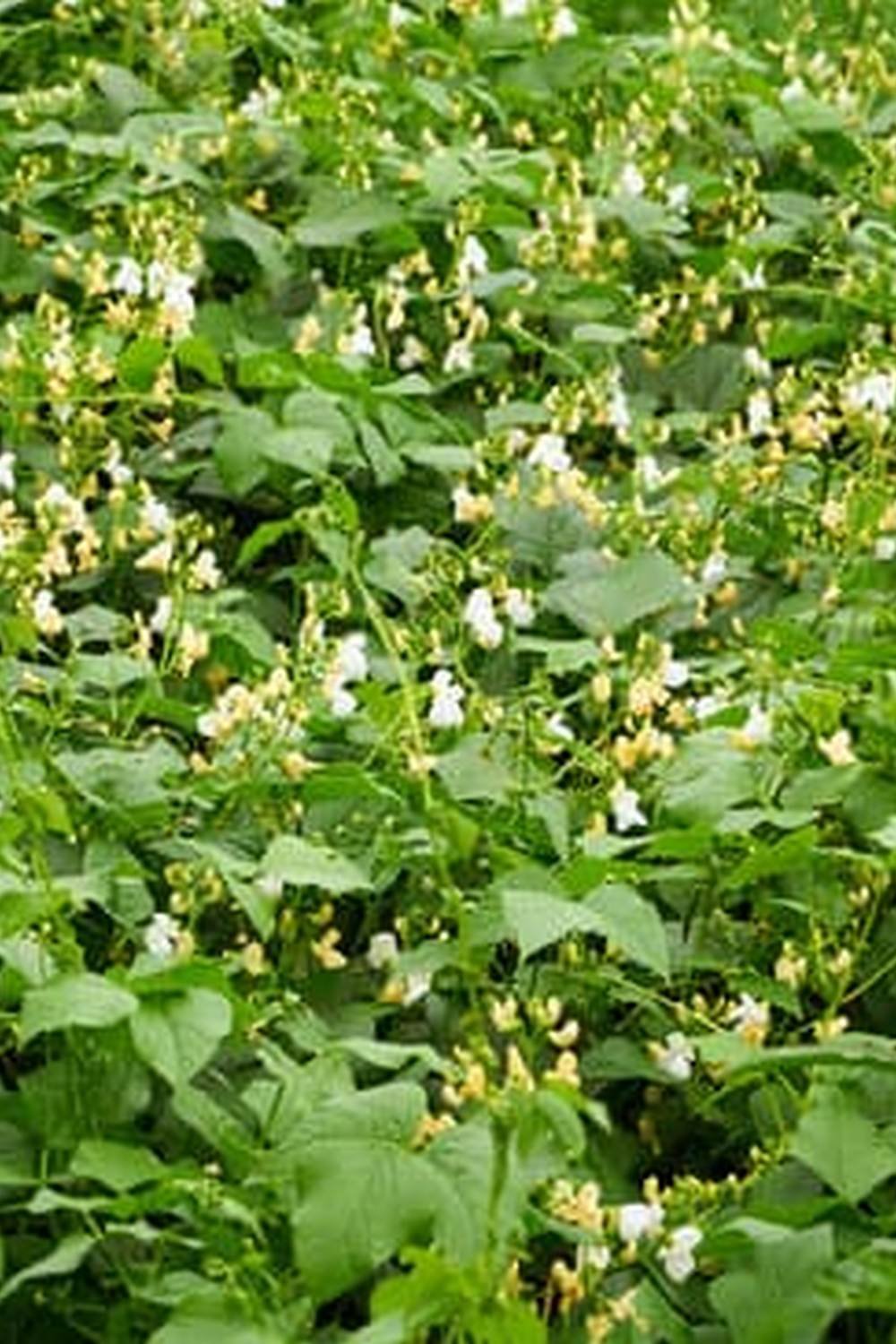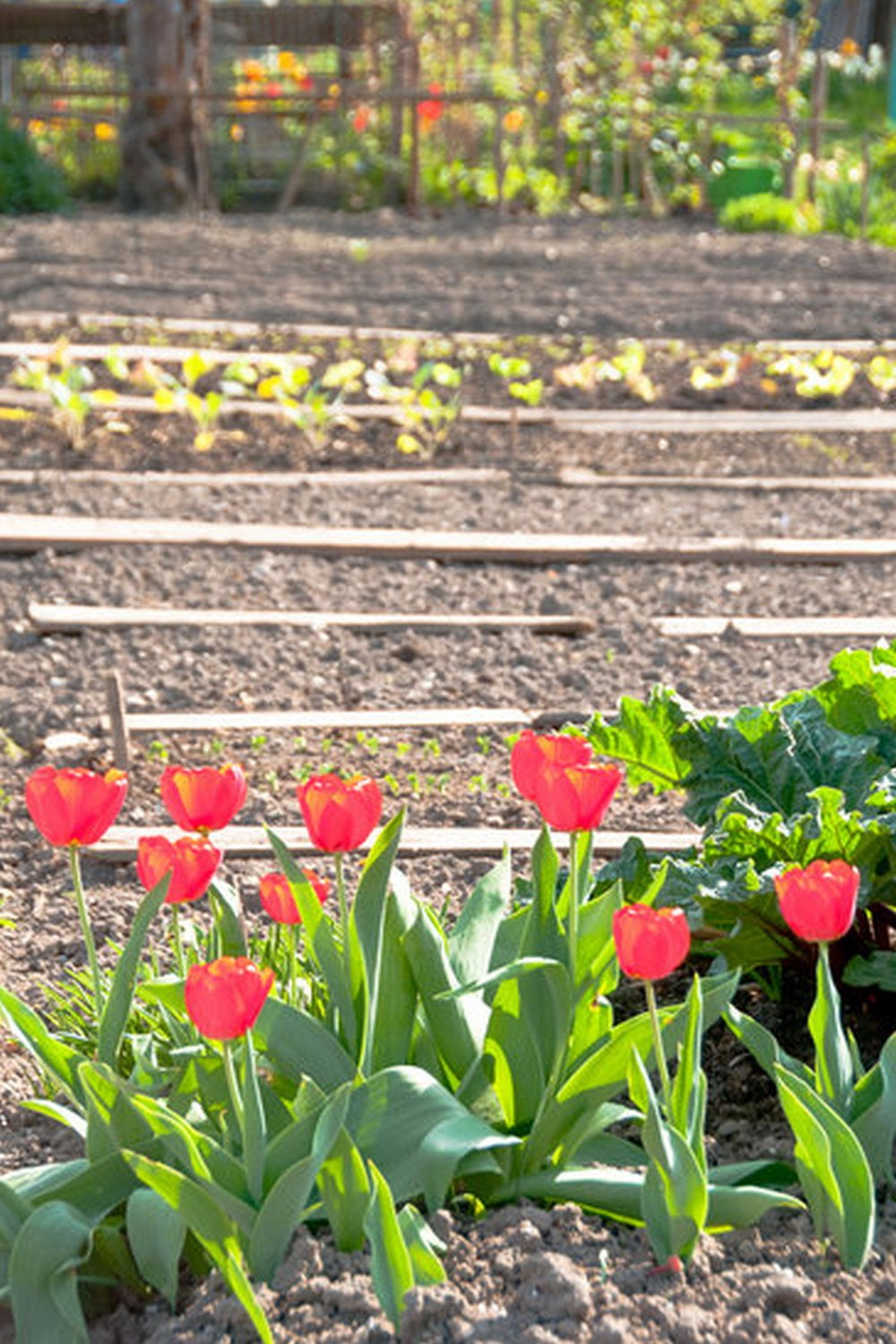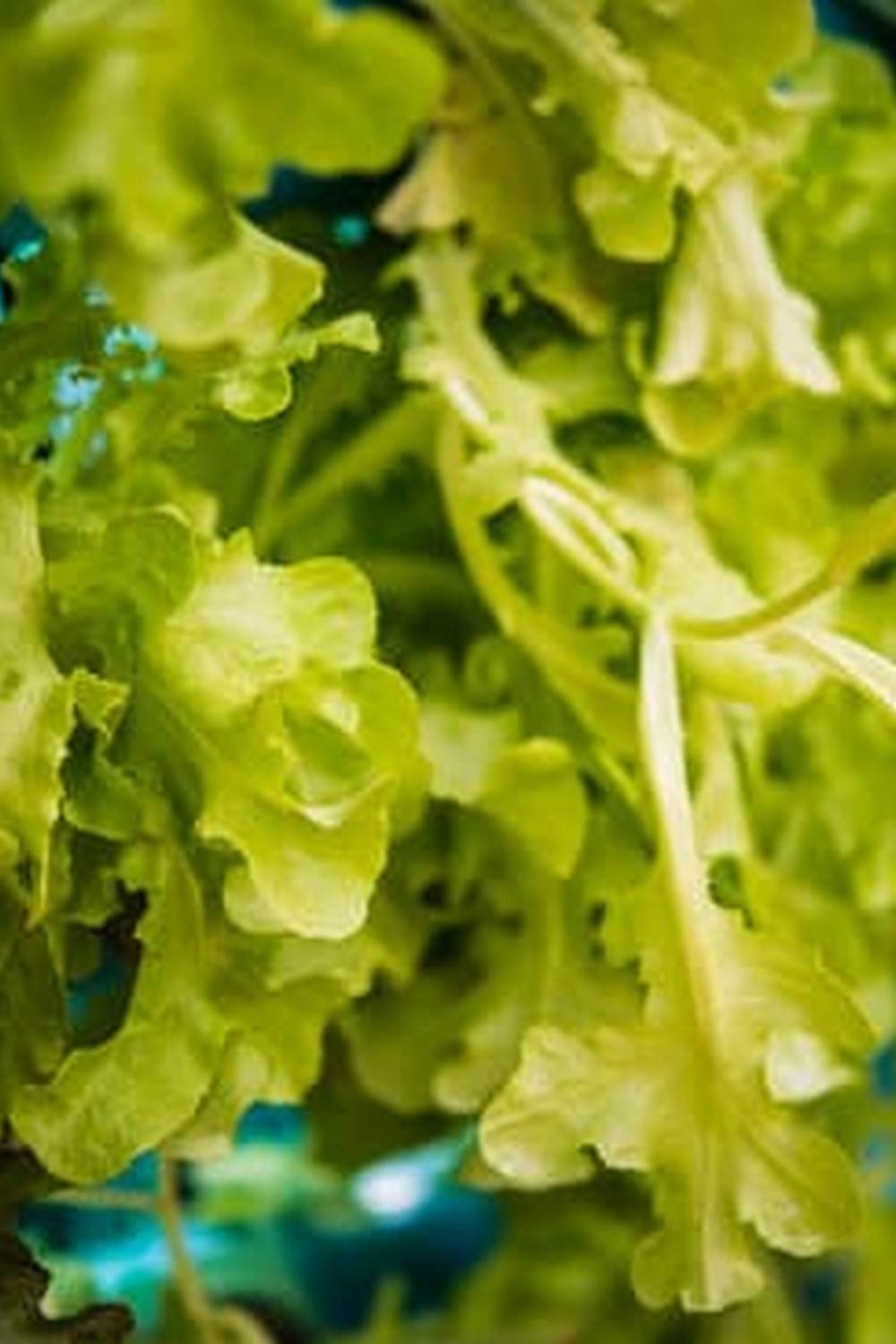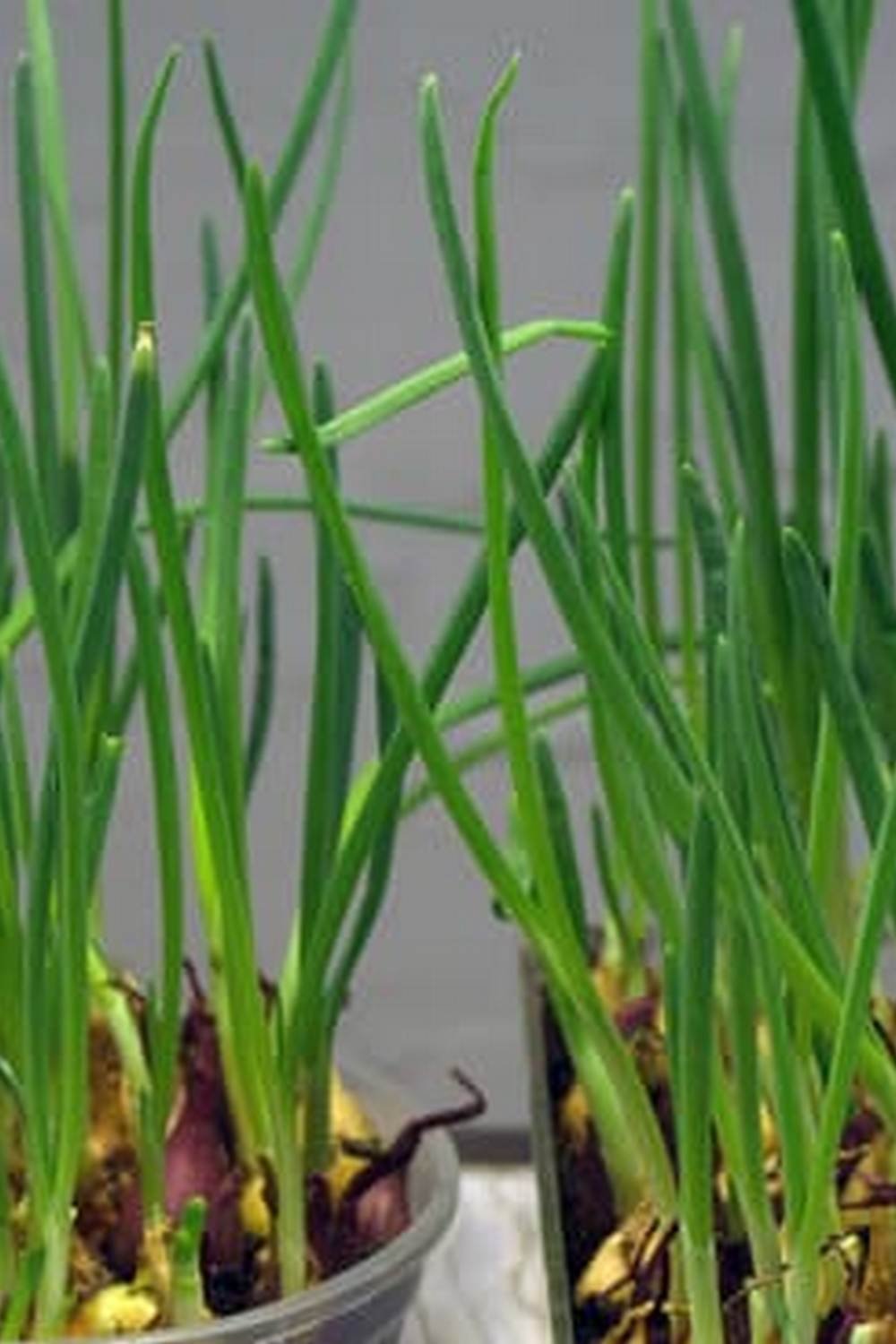Introduction
Purple Hull Peas, also known as southern peas or cowpeas, are a type of edible bean that can be planted in a home vegetable garden. This hardy legume offers nutrition and flavor to any garden. They are highly adaptable and can be grown in USDA planting zones two through 11, making them accessible to most American gardeners. Purple Hull Peas provide plenty of iron and protein, making them an excellent choice for backyard farmers looking for extra nutrients in their vegetable gardens.
Purple Hull Peas are easy to plant and have proven themselves as reliable crops for smaller growing areas. Planting usually happens in the spring at least four weeks after the last frost date when soil temperatures reach about 65-70 degrees Fahrenheit (18-21 degrees Celsius). The peas need well-drained soil with plenty of organic matter mixed in; they will thrive on composted manure or compost mixed into their bedding beforehand. After they sprout, they should be fertilized every 3 weeks with nitrogen fertilizer to ensure healthy growth and abundant yields.
Different Varieties of Purple Hull Peas
When planting purple hull peas in a home vegetable garden, there are several varieties to choose from. Some of these include White acre, California Blackeye #5 and Mississippi Purple Hull. Whiteacre is one of the earliest maturing varieties and produces large white-skinned peas with mild flavor. California Blackeye #5 produces pods that have small sized black-eyed peas, which are very sweet and great for eating raw or cooked. Mississippi Purple Hull is a smooth-skinned variety, with medium-size greenish seeds that have a unique flavor. All of these varieties can be harvested when their pods turn dry and brown on the vine and will store well over winter if left on the plants to dry completely.
Understanding Soil & Environmental Requirements
Planting purple hull peas in your home vegetable garden is a great way to enjoy the flavour and nutritional benefits of this delicious legume. Successfully growing them requires taking into account soil and environmental needs.
Soil Requirements: Purple hull peas prefer soil that is rich in organic matter, such as compost, as well as well-draining loamy soil with an optimal pH level between 6.0-6.5. Before planting, it is important to incorporate fertilizer into the beds such as 11-52-0 fertilizer at a rate of 3 pounds per 100 square feet or 10-10-10 fertilizer at a rate of 2 pounds per 100 square feet.
Environmental Requirements: Planting should occur around mid-March through May in areas with warm climates while nesting peas are best planted from late August to early September for cooler climates. Optimal air temperatures should not exceed 85°F with direct sunlight for up to 8 hours daily for best yield production results. Since purple hulls require adequate moisture, water should be provided throughout their growth period until ready for harvest which can take anywhere from 55–80 days.
Pro Tips for Growing Vigorous & Productive Plants
1.Provide full sun and well-drained soil: Purple hull peas need at least six hours of direct sunlight each day and, if possible, access to even more. They thrive best in soils that possess good drainage.
2. Choose the right variety: When selecting a variety, decide based on your overall climate, soil type and desired yield. Some varieties may not tolerate a wet climate as well as others, while other varieties may be better suited for dryer climates and certain soil types such as sandy or clay-based soils. Additionally, some varieties produce larger yields than others so research carefully before planting.
3. Plant during Early Spring: Plant purple hull peas late March – early April since cold weather will cause them to germinate too slowly and can cause stunted growth or poor yields altogether.
4. Consider vertical trellising: If you are short on space consider growing your purple hull peas vertically by providing a trellis or netting system for support structure as they grow upwards rather than outwards towards the ground (a 16 foot length trellised can accommodate 2 rows of yellow eye bush beans). This method not only saves space but also helps promote better air circulation around the plant which further aids in disease prevention.
5. Amend with organic matter & fertilize: Amend your soil with organic matter such as compost prior to planting to ensure adequate drainage is achieved while at the same time increasing nutrient levels in the soil (which help maintain vigorous plants and crop production), as purple hull peas have high nitrogen requirements make sure they are adequately fertilized every three weeks after germination has taken place using an all-purpose fertilizer like 15-15-15 or a combination of 13-13-13 & 0-20-0 (which is a good mix for container growing).
Enhancing your Garden Vegetables with Companion Planting Strategies
Companion planting is using certain plants to support the growth of others and enhance the biodiversity of your garden. This can not only help with pest control, but it can aid in pollination, provide drainage, reduce weeds, increase fertility, and more. When choosing a companion plant for purple hull peas in your home vegetable garden, one beneficial option would be dwarf white sweet clover. Sweet clover acts as ground cover and increases nitrogen levels in the soil when it decomposes which is great for purple hull peas who are heavy feeders. Plant sweet clover around the perimeter or sections of your garden to keep weed growth to a minimum, giving purple hull peas plenty of space to spread out and grow big, plump pods. This also provides additional protection from pathogens since natural weeds often carry diseases that can affect nearby plants and ruin harvests. Planting flowers like cosmo or other annuals among the peas will bring natural pollinators into the garden, aiding in higher yields of pods and seeds. These blooms along with nasturtiums planted near purple hull pea beds will work as trap crops for some pests like aphids and even tomatoes away from your pea plants themselves. As always, make sure you maintain a healthy layer of mulch throughout your vegetable garden as this helps retain moisture while preventing pathogens as well as many invasive species of weed from intruding on your plots.
Pest & Disease Prevention Measurements for Maximum Yields
When growing purple hull peas in a home vegetable garden, it is important to take steps to ensure that they are free of pests and disease before, during, and after planting. This can help maximize yield. Here are some tips for preventing pest and disease issues in your purple hull pea plants:
1. Start by choosing seed varieties that are more resistant to common diseases such as powdery mildew and downy mildew. Also look for plants with drought-resistant genetics suitable for the area where you’re gardening.
2. Rotate crop locations each year to thwart insect infestations, such as cabbage loopers or cabbage moths. You should also avoid planting beans close together if conditions are damp and humid because this can lead to fungal growths like mildews.
3. encouraging beneficial insects in the garden helps keep pest populations under control without resorting to harmful pesticides. One way you can do this is by planting companion crops like clover that attract helpful predators such as ladybugs, hoverflies, and lacewings.
4 Use row covers or individual cages around the plants if necessary to keep chewing insects such as grasshoppers away from the developing pods. Make sure to check regular beneath foliage for signs of aphids or other sap-drinking insects and wipe them away with a damp cloth every few days as well.
Get Creative with Your Garden Harvest
When planting purple hull peas in your home vegetable garden, there are many creative ways you can use the harvest to make delicious and healthy meals. To take advantage of their distinctive flavor and texture, why not try shelling them for salads or slicing them into stir fries? They also pair well in dishes such as risottos, soups and casseroles. If you prefer a milder taste, try cooked purple hull peas blended with olive oil for a flavorful topping for pasta, grilled meats and vegetables.
Once picked from the garden, store purple hull peas in an airtight container in the refrigerator. For food safety reasons they should be used within 2 or 3 days but they may be frozen if necessary. You can freeze cooked or raw purple hull peas by blanching them quickly and arranging them in a single layer on parchment paper before transferring to freezer bags. Once defrosted they should still have a vivid color and fresh flavor – perfect for adding to your favorite recipes!
Conclusion
For many people, planting a vegetable garden is more than just an activity — it’s a rewarding experience. Whether you’re a novice gardener or experienced one, cultivating Purple Hull Peas in your home garden can be a fun and fulfilling activity. Planting the organic seeds directly into the soil encourages strong root development and leads to improved performance of the seedlings over time. You will be amazed to watch as your Purple Hull peas grow through various stages of growth until they eventually produce their delicious pods! Not only are they easy to plant, but they are also very nutritious and can provide you with fresh produce that could last all season long. Plus, with proper care, your plants can yield multiple harvests each year! So why not give it a try? Planting Purple Hull Peas at home is sure to be a fun and rewarding experience!

If you’re looking to get into vegetable gardening, or are just looking for some tips on how to make your current garden better, then you’ve come to the right place! My name is Ethel and I have been gardening for years. In this blog, I’m going to share with you some of my best tips on how to create a successful vegetable garden.





